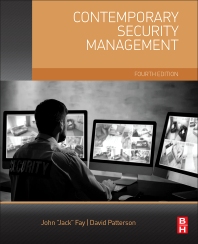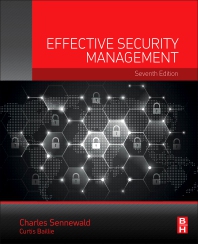In the ongoing cybersecurity arms race, organizations constantly struggle to keep pace with increasingly sophisticated attackers. As adversaries regularly develop new tools and behaviors, security teams are under intense pressure to not just react but to continuously improve their capabilities.
A properly constructed threat hunting program is one of the most effective ways to drive positive change across an organization's entire security posture. However, many hunters take an ad hoc, unstructured approach to finding threats in their environments. This leads to inefficient, low-value hunts that fail to generate actionable results. Important findings go undocumented, stakeholders remain unaware of critical risks, and opportunities to improve detection, prevention, or response are missed.
A threat hunting framework specifies procedures, models and metrics to transform hunting from a hit-or-miss activity into a strategic driver of security maturation. Therefore, organizations wishing to maximize the impact of hunting and create real security gains should align their hunting programs to a robust, comprehensive framework.
A new guideline practitioners can consider is the PEAK threat hunting framework, a vendor-agnostic system that delivers the components required to level up an organization’s hunting program and substantially enhance its overall defense. PEAK, which stands for “Prepare, Execute, and Act with Knowledge,” is built on the accumulated experience of threat hunters and gives practitioners a blueprint for conducting focused, high-value hunts that “move the needle” for an organization’s security readiness.
Some benefits provided by the PEAK framework include:
- Better hunt methodology: PEAK defines three types of hunts. Whether security professionals start with a traditional hunting hypothesis, compile a baseline of normal activity and look for anomalies, or harness the power of machine learning, PEAK provides detailed, repeatable procedures to hunt efficiently, as well as guidance on when to apply each approach.
- Defined hunting outputs: Consistent documentation and stakeholder communication ensure critical findings, risks and follow-up items are communicated and acted upon across the organization.
- Actionable metrics: Hunting success should not be measured solely by the number of incidents that are opened. PEAK establishes fundamental metrics, like detections created, vulnerabilities identified and gaps closed, demonstrating the concrete impact of hunting on security posture.
- Prioritized detections: Turning hunts into automated detection can be tricky. The hierarchy of detection outputs within the PEAK framework helps teams create the best types of detections to maximize automation while also minimizing the expensive human effort required to review their outputs.
- Maturity model: A five-level maturity model provides a roadmap for incrementally improving the capabilities of the hunt program over time.
While finding incidents is an obvious goal, PEAK focuses hunting on enriching knowledge about the environment, uncovering difficult-to-detect risks and informing enhancements to automated defenses.
By driving this kind of continuous improvement, the PEAK framework transforms threat hunting from a reactive measure into a strategic program that evolves defenses and elevates security posture. It enables teams not only to find evil more successfully but also to maximize the value delivered back to the organization.
PEAK can benefit any threat hunting program, regardless of its maturity. Building a new program around PEAK can give it an early boost, drastically reducing its time-to-value. Existing programs can implement PEAK in pieces, starting with whichever pieces of the framework address their priority pain points. Either way, the result will be the same: the time and resources spent in threat hunting will become a crucial driver for improving the organization’s security posture.
.jpg?1694531255)



.jpg?height=200&t=1715957323&width=200)




